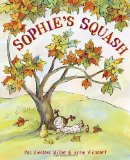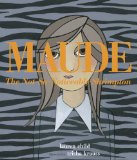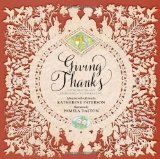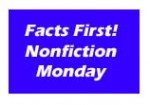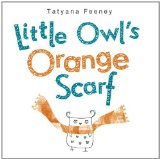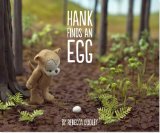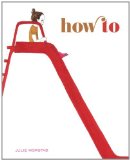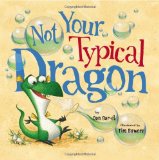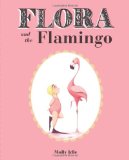Review of Sophie’s Squash, by Pat Zietlow Miller and Anne Wilsdorf
by Pat Zietlow Miller
illustrated by Anne Wilsdorf
Schwartz & Wade Books, New York, 2013. 36 pages.
Starred Review
Something about this quirky book completely won my heart. I mean, how could the author think of this? Turns out, it’s based on something her own daughter did – which makes sense, since no one could make this up. Thanks to Travis Jonker from 100 Scope Notes for bringing it to my attention!
Here’s how the book begins:
One bright fall day, Sophie chose a squash at the farmer’s market. Her parents planned to serve it for supper, but Sophie had other ideas.
It was just the right size to hold in her arms.
Just the right size to bounce on her knee.
Just the right size to love.
“I’m glad we met,” Sophie whispered. “Good friends are hard to find.”At home, Sophie used markers to give her squash a face. Then she wrapped it in a blanket and rocked it to sleep.
When it was time to make supper, Sophie’s mother looked at the squash. She looked at Sophie.
“I call her Bernice,” Sophie said.
“I’ll call for a pizza,” said her mother.
From there, Sophie has an always-happy companion.
But this book is much more realistic than some others like Arnie the Doughnut. I love the portrayal of Sophie’s parents, with lines like, “Well, we did hope she’d love vegetables.” And “Why don’t we donate Bernice to the food pantry before she rots?”
Before long, Sophie’s father calls Bernice “a little blotchy,” but Sophie insists she only has freckles. Finally, Sophie takes Bernice to the farmer’s market to cheer her up and gets advice from a farmer. She makes Bernice a bed of soft soil for the winter – and there is the happiest of endings when Sophie discovers Bernice’s children and gets two new friends who are just the right size to love.
The pictures in this book are perfect. Imaginative Sophie with her perky pigtails goes through all the emotions of love and loss and new discovery.
This absolutely charming book is a completely new take on the classic story of Two Best Friends.
patzietlowmiller.com
randomhouse.com/kids
Find this review on Sonderbooks at: www.sonderbooks.com/Picture_Books/sophies_squash.html
Disclosure: I am an Amazon Affiliate, and will earn a small percentage if you order a book on Amazon after clicking through from my site.
Source: This review is based on a library book from Fairfax County Public Library.
Disclaimer: I am a professional librarian, but I maintain my website and blogs on my own time. The views expressed are solely my own, and in no way represent the official views of my employer or of any committee or group of which I am part.
